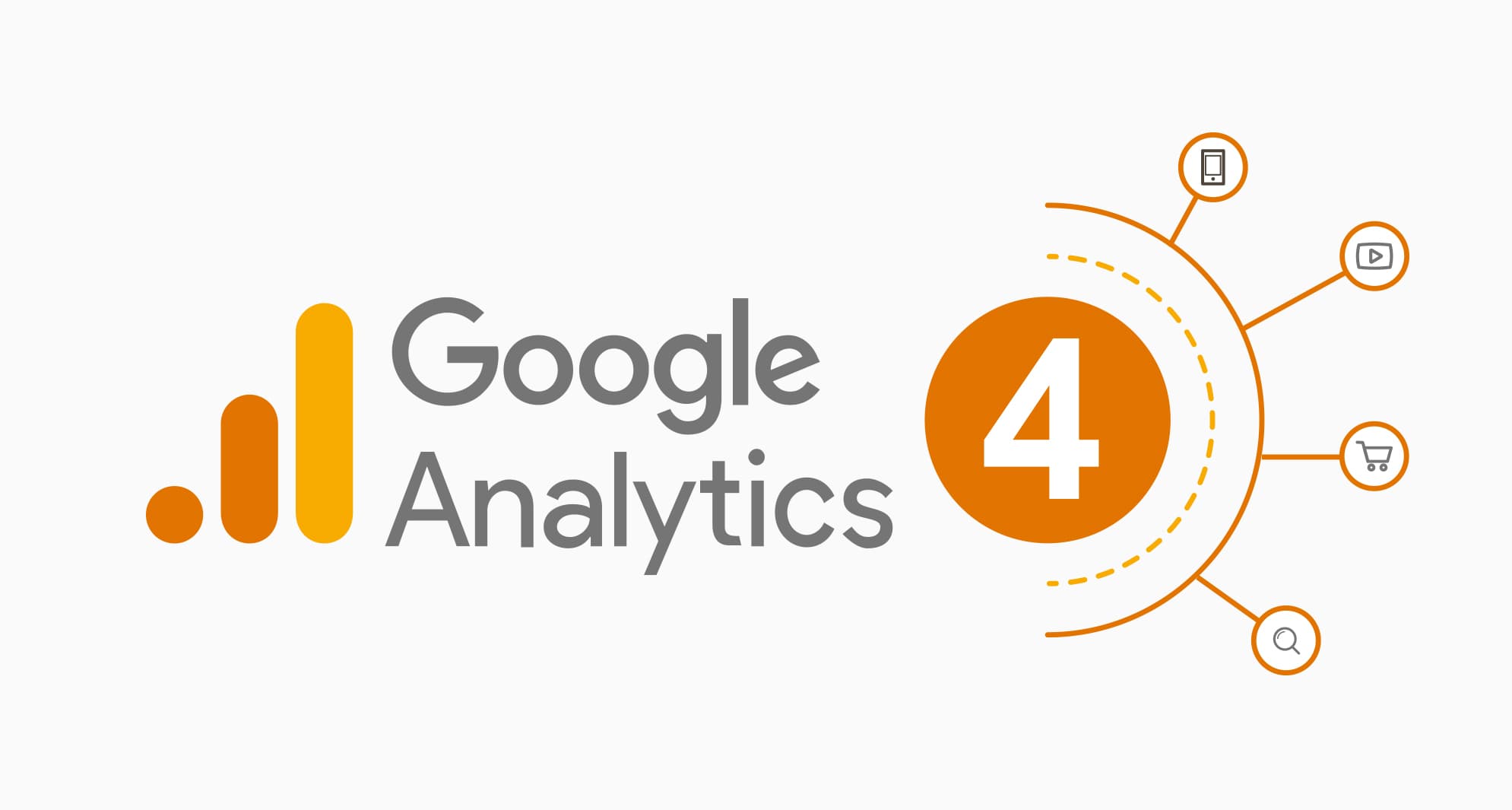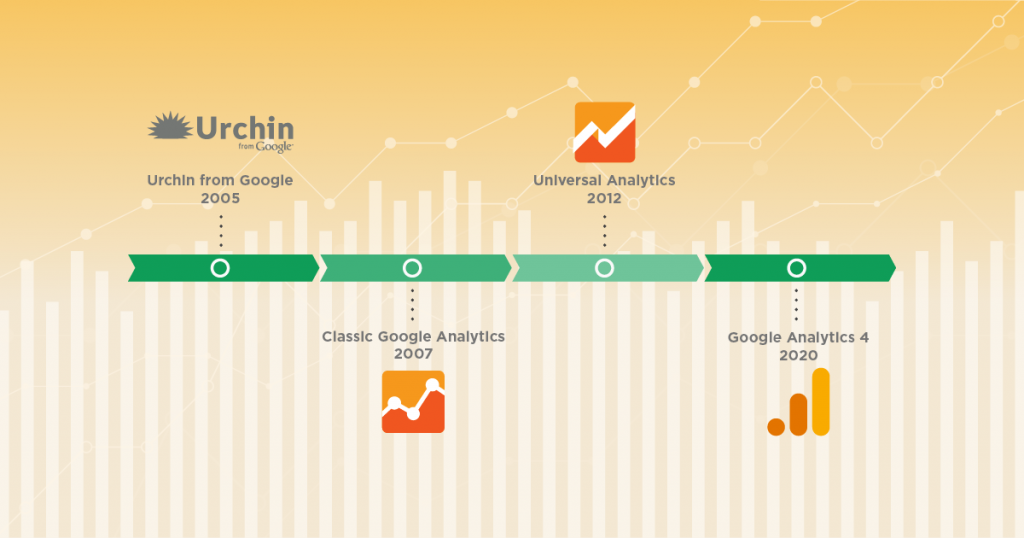Master Internet Site Insights With Accurate Google Analytics Monitoring Code
The reliable use of Google Analytics pivots on the exact application of its tracking code, an essential action typically overlooked by internet site owners. What are the typical challenges that could weaken your monitoring initiatives, and how can you make certain precision in your approach?
Comprehending Google Analytics Basics
Google Analytics is an essential tool for site proprietors and marketing experts, offering vital insights into user habits and web site efficiency. At its core, Google Analytics collects data concerning site visitors to a website, enabling individuals to analyze metrics such as traffic sources, user interaction, and conversion rates. Recognizing these fundamentals is critical for maximizing a site's performance and improving customer experience.
The platform utilizes cookies to track communications, taping data such as page views, session periods, and bounce rates. This info is aggregated and provided through personalized control panels, making it possible for users to visualize patterns over time. Trick efficiency indicators (KPIs) can be kept an eye on, such as the complete number of customers, new versus returning visitors, and the geographic circulation of the target market.
Moreover, Google Analytics provides segmentation functions, allowing customers to separate details website traffic sources or individual demographics for more targeted analysis. By grasping these foundational aspects, site owners can make enlightened choices regarding material strategy, advertising and marketing projects, and total website renovations. Inevitably, recognizing Google Analytics basics is important for leveraging information to drive growth and attain business objectives effectively.
Setting Up Your Tracking Code

Replicate the given monitoring code and paste it right into the HTML of your website. Ideally, this code must be positioned in the header section of every web page you desire to track. This makes certain that the tracking code lots prior to any other content, enabling it to capture information accurately. There are plugins readily available that streamline the combination procedure. if you are utilizing a material monitoring system (CMS) like WordPress.
After installment, confirm that the tracking code is operating properly by utilizing Google Tag Assistant or the Real-Time reports in Google Analytics - when does the google analytics tracking code send an event hit to analytics?. This action is important to verify that your data collection is precise and active, setting the foundation for informative evaluation
Usual Tracking Code Issues
Many website proprietors encounter common issues with their Google Analytics tracking code that can impede data collection and analysis. One prevalent issue is improper installment. This might happen when the monitoring code is positioned in the wrong area of the site's HTML, usually bring about incomplete or absent information. Additionally, having several circumstances of the tracking code on a single web page can lead to filled with air metrics, as user communications may be counted extra than once.
Another issue emerges from the use of ad blockers, which can protect against the tracking code from carrying out completely, hence skewing data. when does the google analytics tracking code send an event hit to analytics?. my company Furthermore, failure to set up filters appropriately can lead to the exclusion of necessary web traffic resources or the addition of undesirable reference spam, distorting the information gathered
Website proprietors might likewise forget the value of monitoring code updates, especially when migrating to Google Analytics 4 (GA4) from Universal Analytics. Lastly, not enough screening prior to releasing modifications can lead to undetected mistakes in the tracking code, even more complicating information dependability. Dealing with these common issues is critical for making sure precise tracking and insightful analytics.
Analyzing Website Data Efficiently
Precise information collection is just the primary step in leveraging Google Analytics; the genuine worth depends on successfully examining that data to drive enlightened decision-making. To attain this, it is vital to identify essential efficiency indicators (KPIs) that align with your company objectives. Emphasis on metrics such as conversion rates, individual involvement, and traffic sources, as these will offer insights into customer habits and the general efficiency of your website.
Making Use Of Google Analytics' segmentation attributes enables a deeper understanding of your target market. By damaging down data right into details demographics, actions, and website traffic networks, you can discover fads and patterns that notify targeted techniques. Implementing custom records and control panels can simplify this procedure, allowing quick accessibility to relevant information.
Additionally, regularly examining data fads with time assists to identify anomalies and possibilities for enhancement. Make use of visualization tools to present information in an easily digestible layout, helping with much more effective communication with stakeholders. Ultimately, the capacity to evaluate internet site data properly encourages businesses to make strategic decisions that boost user experience, optimize advertising and marketing initiatives, and drive growth.

Ideal Practices for Accurate Monitoring
Applying reliable monitoring practices is important for acquiring reliable information in Google Analytics. To make sure exact monitoring, begin by correctly her response installing the Google Analytics tracking code image source on every web page of your website. This can be achieved through a tag supervisor or by directly embedding the code into the HTML.
Following, configure your Google Analytics account to omit inner web traffic. This can be done by establishing filters that recognize and eliminate gos to from your company's IP address, therefore avoiding manipulated data. Furthermore, utilize occasion tracking to keep an eye on particular individual interactions, such as downloads or video clip plays, which typical page views might forget.
On a regular basis examine your tracking setup to verify that all features, such as objectives and ecommerce monitoring, are working properly. Develop a consistent identifying convention for your occasions and campaigns to help with easier reporting and analysis.
Lastly, consider leveraging UTM criteria for projects to acquire understandings right into the performance of different marketing efforts. By adhering to these finest techniques, you can enhance the accuracy of your data collection and analysis, eventually leading to even more educated decision-making for your website.
Conclusion
By guaranteeing the monitoring code is correctly placed and on a regular basis investigated, web site proprietors can capture important user interaction data, thus facilitating the recognition of essential performance signs. Ultimately, a durable tracking structure improves the capability to drive interaction and boost overall internet site efficiency.

Not enough testing before launching modifications can result in unseen errors in the tracking code, additionally making complex information integrity.Implementing effective tracking techniques is crucial for getting reliable information in Google Analytics. By guaranteeing the monitoring code is correctly put and consistently investigated, site proprietors can capture essential customer communication data, hence helping with the identification of essential performance indicators.